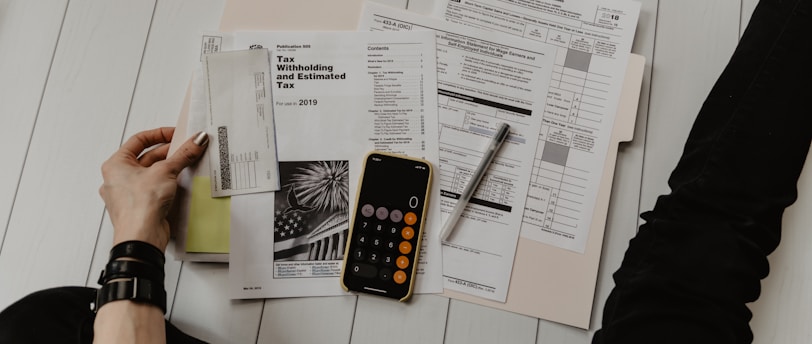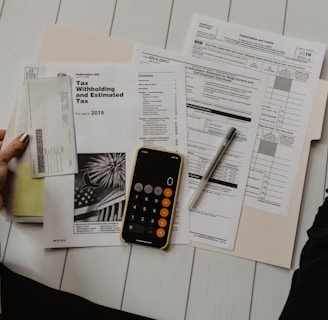
Beginner's Guide to Creating a Monthly Budget
Discover how to create a personal monthly budget with our beginner-friendly guide. Learn simple steps to track spending, save more, and manage your money smarter. Start budgeting effectively today!
FINANCE
7/20/20253 min read


Introduction
Are you tired of running out of money before the month ends? Do you feel like your income disappears without knowing where it goes? If yes, you’re not alone — and you’re not helpless either.
Creating a monthly budget is the first step toward taking control of your finances. Whether you earn a little or a lot, a budget helps you manage spending, avoid debt, and reach your financial goals faster.
In this step-by-step guide, you’ll learn how to make a monthly budget that actually works — even if you're a beginner.
📊 What Is a Monthly Budget?
A monthly budget is a plan that helps you track your income, spending, and savings over a 30-day period. It gives you a clear picture of where your money is going so you can make better financial decisions.
🛠️ Step-by-Step: How to Create a Monthly Budget
Step 1: Know Your Monthly Income
Start by calculating how much money you make each month after taxes (your "net income"). Include:
Salary or wages
Freelance or side job earnings
Business income
Any fixed passive income (like rent or dividends)
🧮 Example:
If your salary is PKR 70,000/month and your side gig earns you PKR 10,000 — your total income is PKR 80,000.
Step 2: List All Your Monthly Expenses
Make a list of all your monthly fixed and variable expenses.
🧾 Fixed Expenses (same every month):
Rent or mortgage
Utility bills
Loan payments
Insurance
🔄 Variable Expenses (change every month):
Groceries
Transportation/fuel
Entertainment
Eating out
Shopping
Don’t forget small costs like mobile credit, tips, and subscription services (Netflix, Spotify, etc.).
Step 3: Categorize & Prioritize
Divide your expenses into essential and non-essential categories:
💡 Essentials:
Food
Housing
Transport
Utilities
Minimum debt payments
🎉 Non-Essentials:
Dining out
Online shopping
Entertainment
Subscriptions
👉 Pro Tip: Always prioritize essentials before spending on wants.
Step 4: Set Spending Limits
Now assign a budget limit to each category based on your income.
📌 Example Breakdown (Income: PKR 80,000):
Category Budget Limit (PKR) Rent 20,000 Groceries 15,000 Transport 6,000 Bills & Utilities 5,000 Entertainment 4,000 Shopping 5,000 Emergency Savings 10,000 Debt Repayment 10,000 Total 75,000
Use a buffer of 5–10% for unexpected expenses.
Step 5: Track Your Spending
Tracking is the heart of budgeting. Use:
A notebook
Google Sheets
Mobile apps like Wallet, Goodbudget, or Spendee
Update your spending every few days to stay on track and avoid overspending.
Step 6: Adjust & Improve Monthly
At the end of each month:
Review your spending
Compare it to your budget
Adjust where needed
If you spent too much on food but didn’t use your entertainment budget — shift it accordingly next month.
💡 Tip: Keep improving your habits, not just the numbers.
📈 Benefits of Having a Monthly Budget
Helps you save more each month
Prevents overspending and debt
Helps you achieve goals (buy a car, pay off loans, go on vacation)
Brings peace of mind knowing where your money is going
Improves your credit and financial reputation
🚫 Common Budgeting Mistakes to Avoid
Ignoring small purchases (they add up)
Not tracking your spending
Setting unrealistic limits
Forgetting irregular expenses (birthdays, car repairs)
Not budgeting for savings
🧠 Final Thoughts
Creating a monthly budget doesn’t mean you can’t enjoy your life — it simply means you’re in charge of your money, not the other way around.
Start small, be consistent, and tweak your budget over time. Soon, you’ll see the difference — in your savings account and your stress level.


















